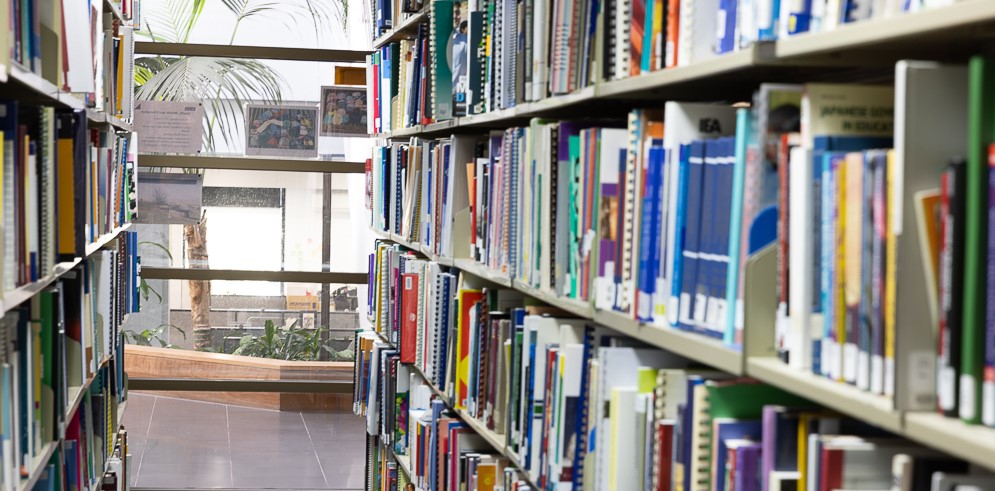Publication Date
1947
Subjects
Primary school students, Primary secondary transition, School year levels, Secondary education
Abstract
On the question of organisition at the secondary level Australia, as a whole has not given evidence of any very clear-cut policy. The common practice is to provide separate academic and technical schools in the capital cities and large country towns with certain intermediate types of school which may have a bias in one direction and may act primarily: as “feeders” to schools giving more advanced courses. Except in Tasmania the “modern school” has not emerged very explicitly. In many of the smaller country centres, however, we find dual or multi-purpose schools. It is not easy to say whether these are more of the multilateral or of the comprehensive type. Methods of selection for secondary schools vary from State to State or may even vary within a given State. [p.1, ed]
This bulletin contains an outline of the discussion of two topics which have been warmly debated in recent issues of English educational journals. The first is the problem of the most suitable age for transferring children from primary to secondary schools; the second is the question as to which of the three main forms of secondary school organisation (viz. tripartite, multilateral or comprehensive) is most desirable on social, educational and administration grounds. [p.1, ed]
In the published reports varying reasons are adduced to support the tripartite system but usually these L.E.A. feel that their existing grammar schools are adequate; where there are secondary school buildings too good to be scrapped, yet suitable for multilateral schools or where there is not the room for the large sites required, the existing organisation has been retained. [p.9, ed]
Recommended Citation
Australian Council for Educational Research. (1947). Some current problems in English education (ACER Information Bulletin No. 10). https://research.acer.edu.au/ib/10/
Copyright Statement
Copyright Australian Council for Educational Research 1947
Place of Publication
Camberwell, Australia
Included in
Elementary Education Commons, Language and Literacy Education Commons, Secondary Education Commons



Comments
Information Bulletin / Australian Council for Educational Research ; n.10. Digitised in 2022 from a print copy held by the ACER library